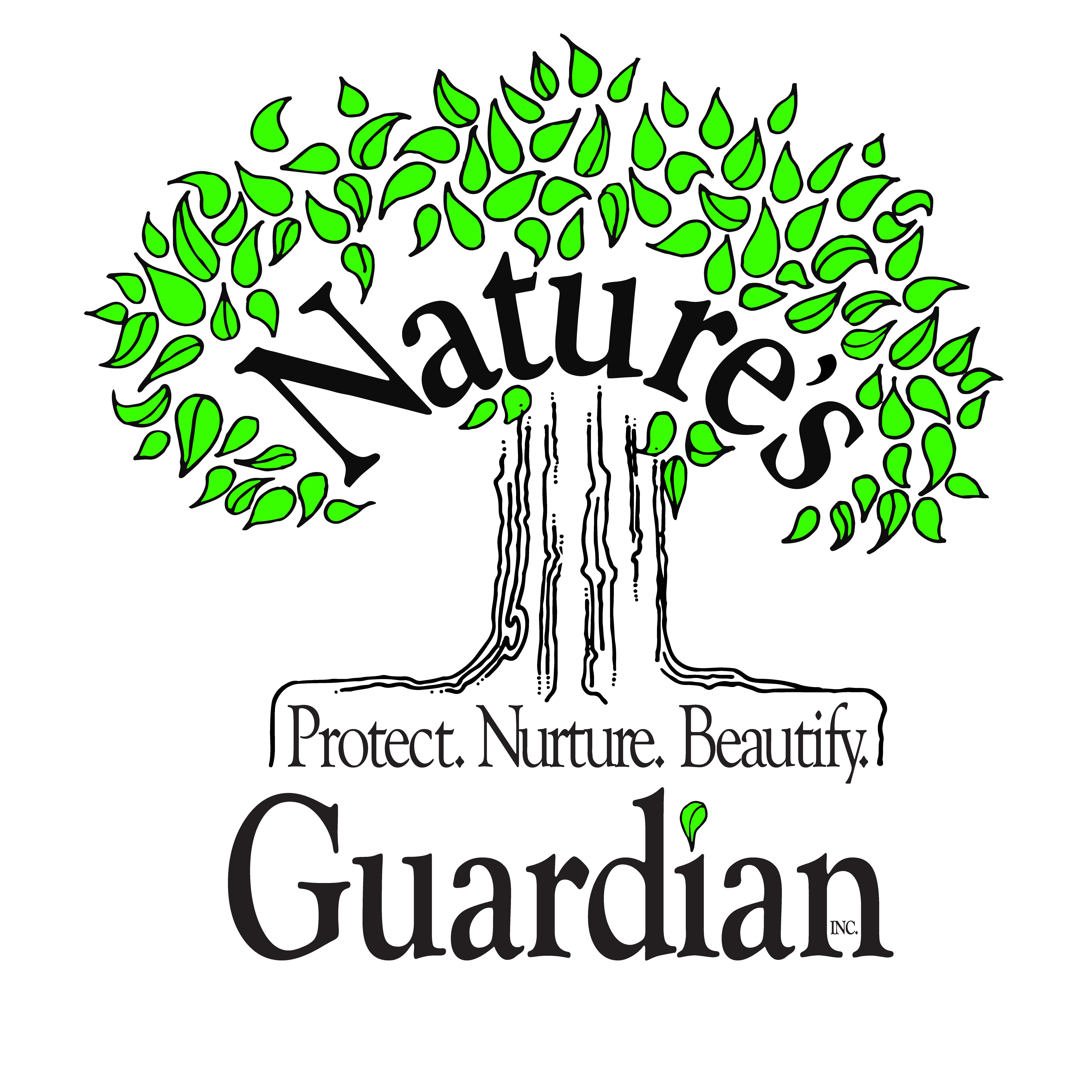Last year the Suffolk County was declared an “oak wilt protective zone” by the state. That means that the removal from Suffolk of any portion of any oak is generally prohibited and the removal of all firewood from Suffolk is regulated. Oak wilt causes leaves of affected trees to wilt and turn brown. Symptoms of oak wilt infection include a brown coloration that develops on leaves, starting at the outer edges and progressing inward. The leaves suddenly wilt, and, during spring and summer, may fall. Tree branches die back, starting at the top of the tree canopy and progressing downward, and mats of fungal spores may develop under the bark, which can raise and split it.
This disease has been killing thousands of oak trees in the eastern United States each year. It is fatal for red oaks, including northern red oak, pin oak, scarlet oak and black oak. White oaks can survive. Below ground, the fungus spreads through tree roots and above ground by beetles that feed on tree sap and bark. Beetles can spread oak wilt spores throughout an area of several miles.
What to do?
- Learn to recognize the symptoms of oak wilt including leaf discoloration, branch dieback, and fungal spore mats.
- Avoid pruning or wounding oak trees in the spring and summer, when spore mats are present and beetles are the most active. If an oak wound occurs during spring or summer, it should be sealed immediately with wound dressing. This will slow wound recovery but also deter beetles from landing on those areas – which will reduce the risk of oak wilt spreading.
- Prune oaks in the dormant season
- Use tree care professionals.
For more information contact Mike Sperber owner of Natures Guardian Inc., and a NY Certified Arborist at 631 204-1970.
*Information obtained by the NY State Department of Environmental Conservation and Riverhead Local
